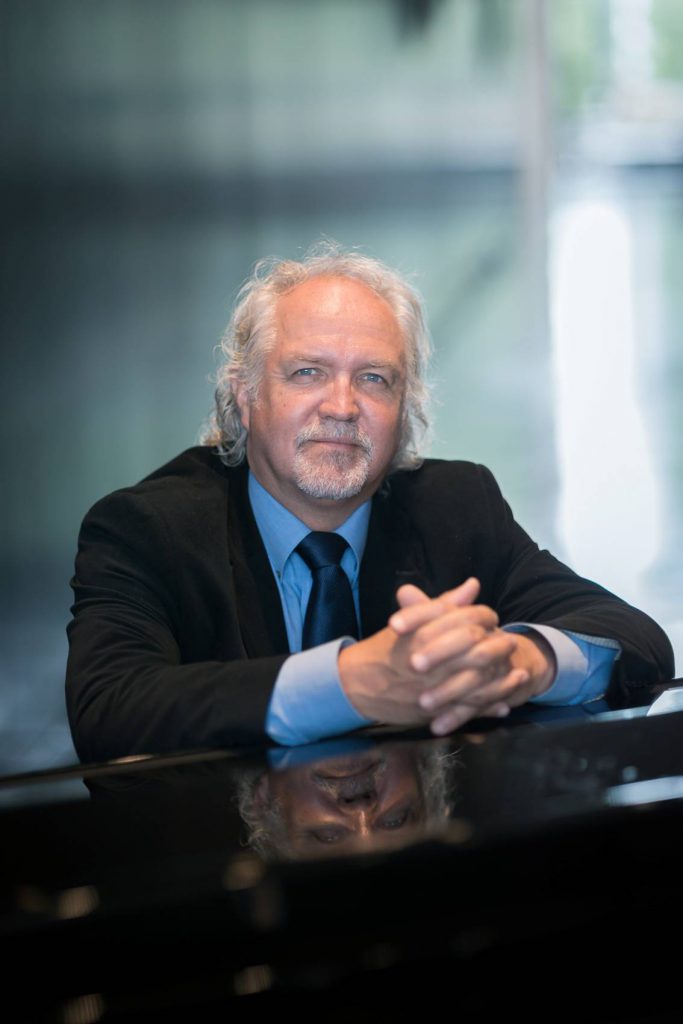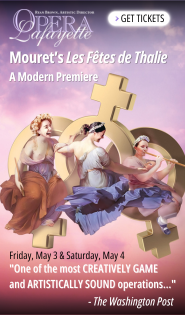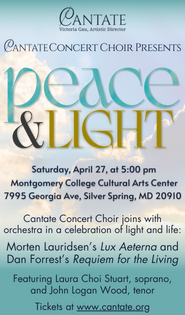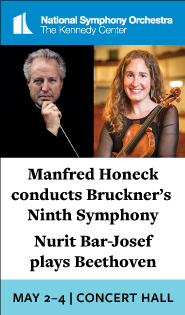Runnicles, NSO make an eloquent case for Mahler’s Tenth

Donald Runnicles conducted the National Symphony Orchestra in Mahler’s Symphony No. 10 Thursday night at the Kennedy Center. Photo: Simon Pauly
For the past three seasons, Scottish conductor Donald Runnicles has made exemplary guest appearances at the podium of the National Symphony Orchestra, most recently in 2016. This season he is conducting Mahler’s Tenth Symphony, not heard from the orchestra since 1986, in Deryck Cooke’s final performing edition, the best of the attempts to complete the orchestration of the work.
The symphony is a symmetrical structure, framed by two long, slow, movements with two shorter scherzos enclosed within and the brief “Purgatorio” intermezzo at the center. In cogent introductory remarks about the piece, Runnicles made a point about the opening Adagio movement, often performed on its own as the only movement completely finished by Mahler, possibly sounding too much like an apotheosis. This likely explains his somewhat impetuous approach, not allowing the strings room to breathe and expand, especially in the numerous portamento leaps.
At points the musicians seemed to bridle against the sense of forward motion, but the eloquent recitative sections for the viola section, at the start of the movement and appearing a number of times, were burnished and warm, a complex mix of tannins and sweetness. The shrieking dissonant cluster chords towards the end of the movement, set in A-flat minor, the key signature with seven flats, were a howl of despair, setting up the hushed epilogue for strings, where all the movement’s luxuriant pacing was focused. Rarely do the NSO strings sound as good as they do under the baton of Runnicles.
Runnicles set both Scherzo movements at ideal tempi, the second movement fast but with room to speed up, jaggedly shifting time signature in almost every measure. The contrasting B section, in a slower, straighter triple meter had the feel of a graceful Ländler. The short central movement was delicate and elusive, with some feeling of folk-like dance.
The interpretation hit its stride in the last two movements, with the second scherzo, more straightforward metrically but unsettled harmonically, weighted with paralyzing angst. It was a dance at once beautiful and menacing, a reminder of the sinister note Mahler wrote in the margin of the score: “Der Teufel tanzt es mit mir” (The Devil is dancing it with me). The piece came crashing down as the percussion took over toward the end, with heart-stopping thuds on the bass drum leading to explosive solos from tuba and contrabassoon as the journey of the symphony reached its nadir.
Where the first movement felt slightly rushed, the fifth movement expanded at just the right calming pace. Principal flutist Aaron Goldman suspended the elegiac flute solo at the start of this movement on admirable breath support, the beginning exquisitely hushed. When the strings took over from him, the results were even more gorgeous, creating a seraphic sense of tranquility after the return of those loud dissonant cluster chords toward the middle of the movement.
After the obsessive worry of the middle movements, as the symphony’s main key center of F sharp major surged upward in the violins, an air of calm resolution filled the room, the coda richly conveying what Runnicles described as a benediction.
The program will be repeated 8 p.m. Friday and Saturday. kennedy-center.org; 202-467-4600.



Posted Mar 16, 2018 at 1:50 pm by Pirngadi
Thank you so much Diana!! kisses